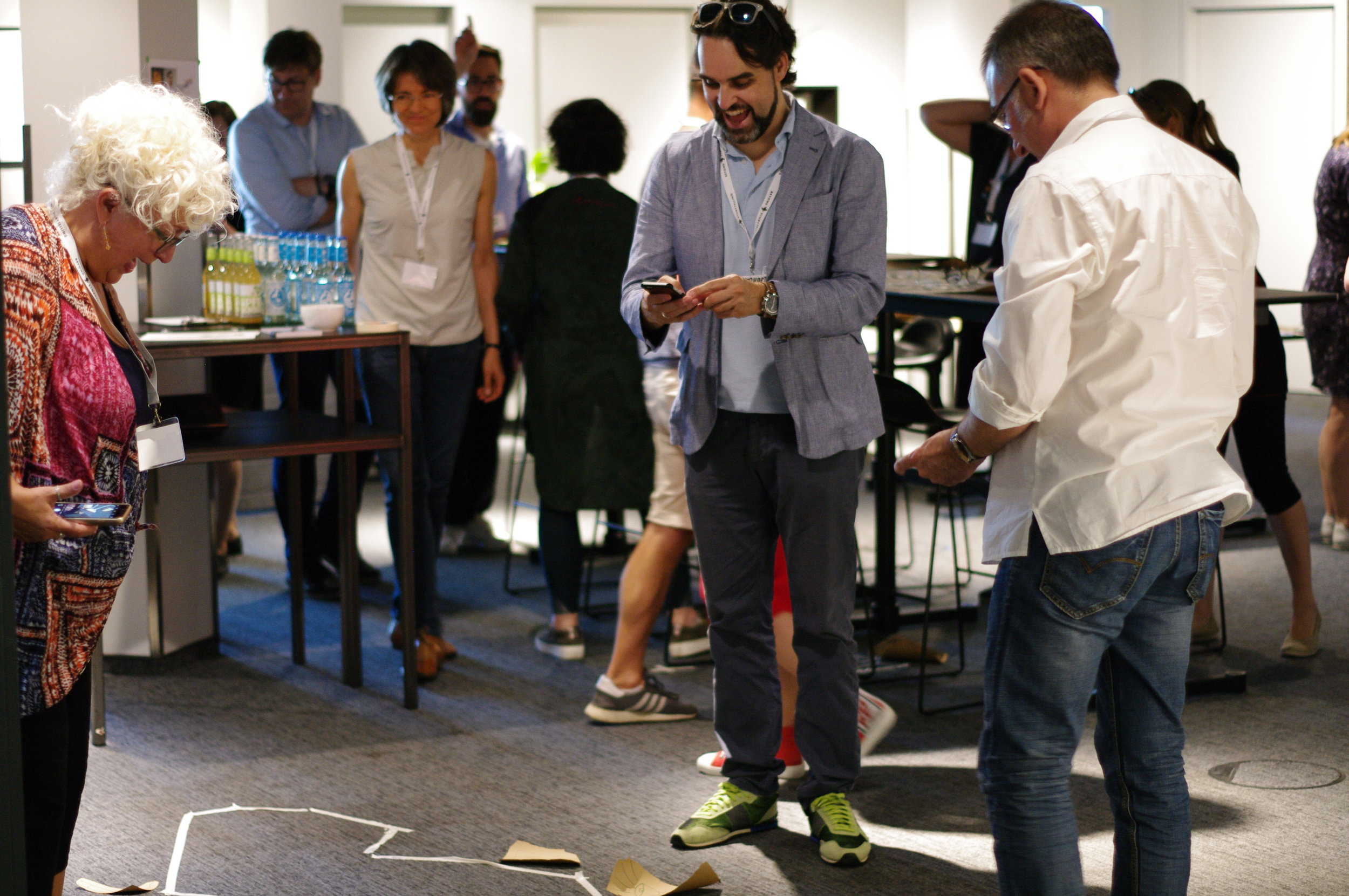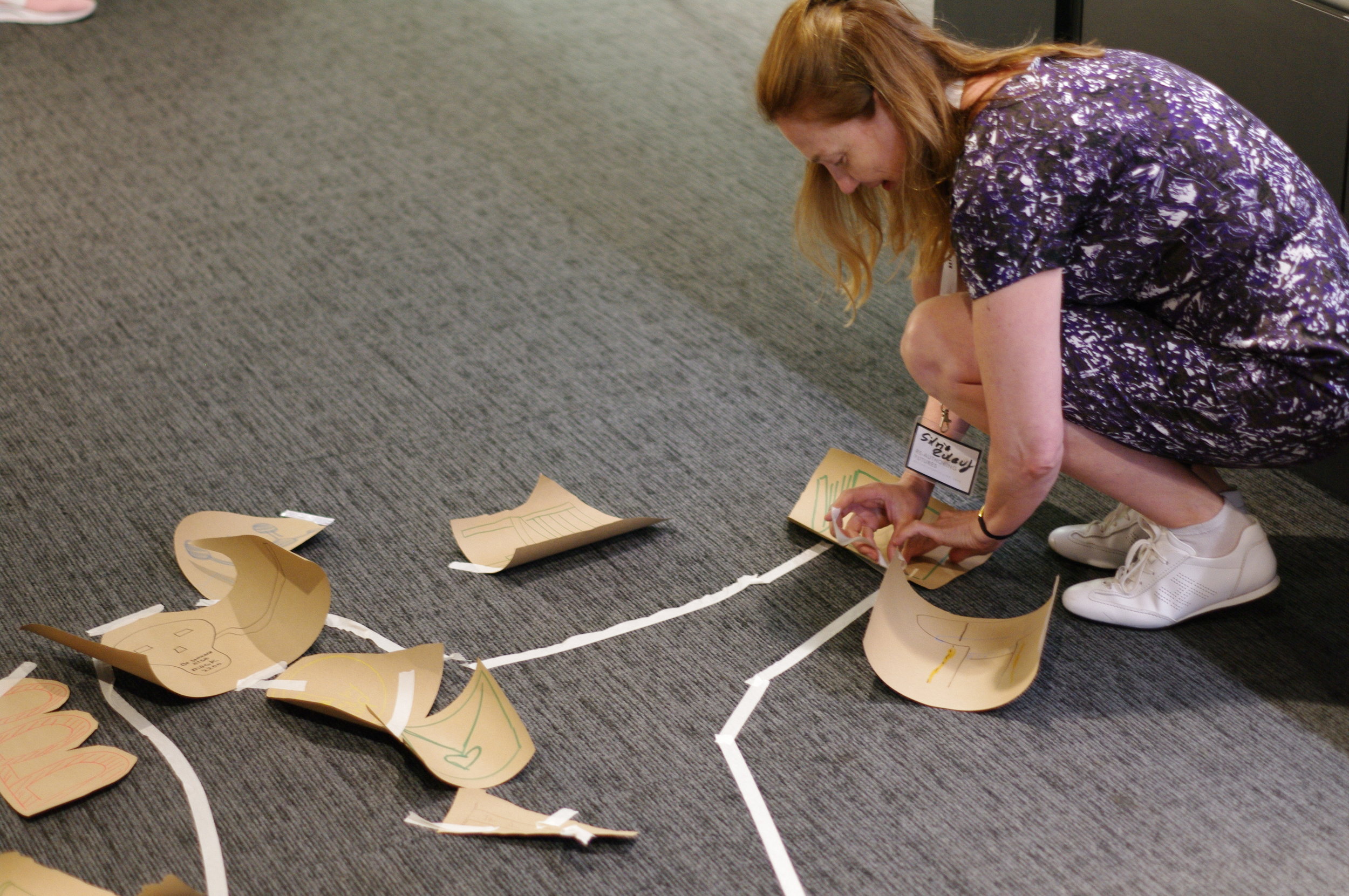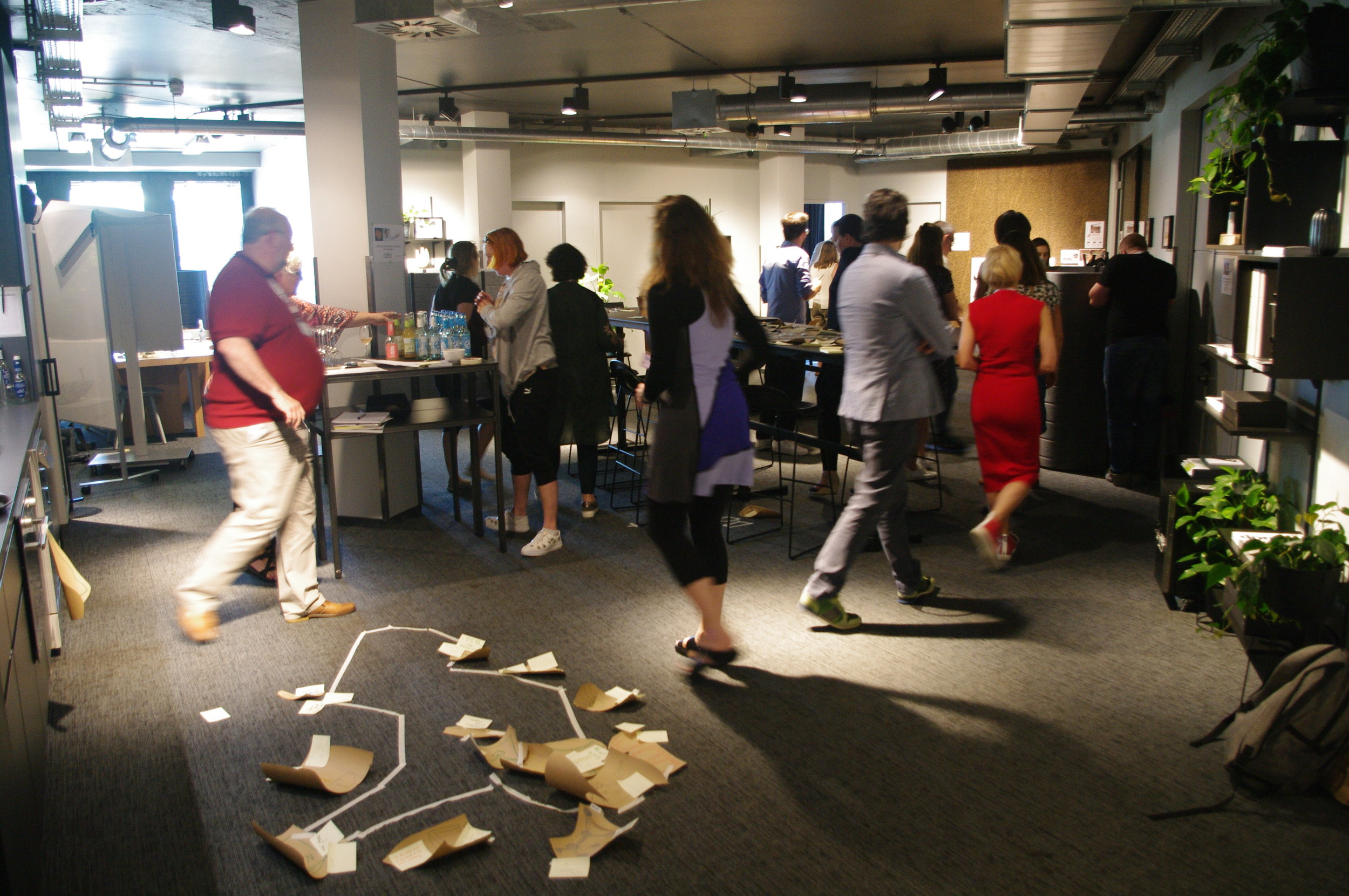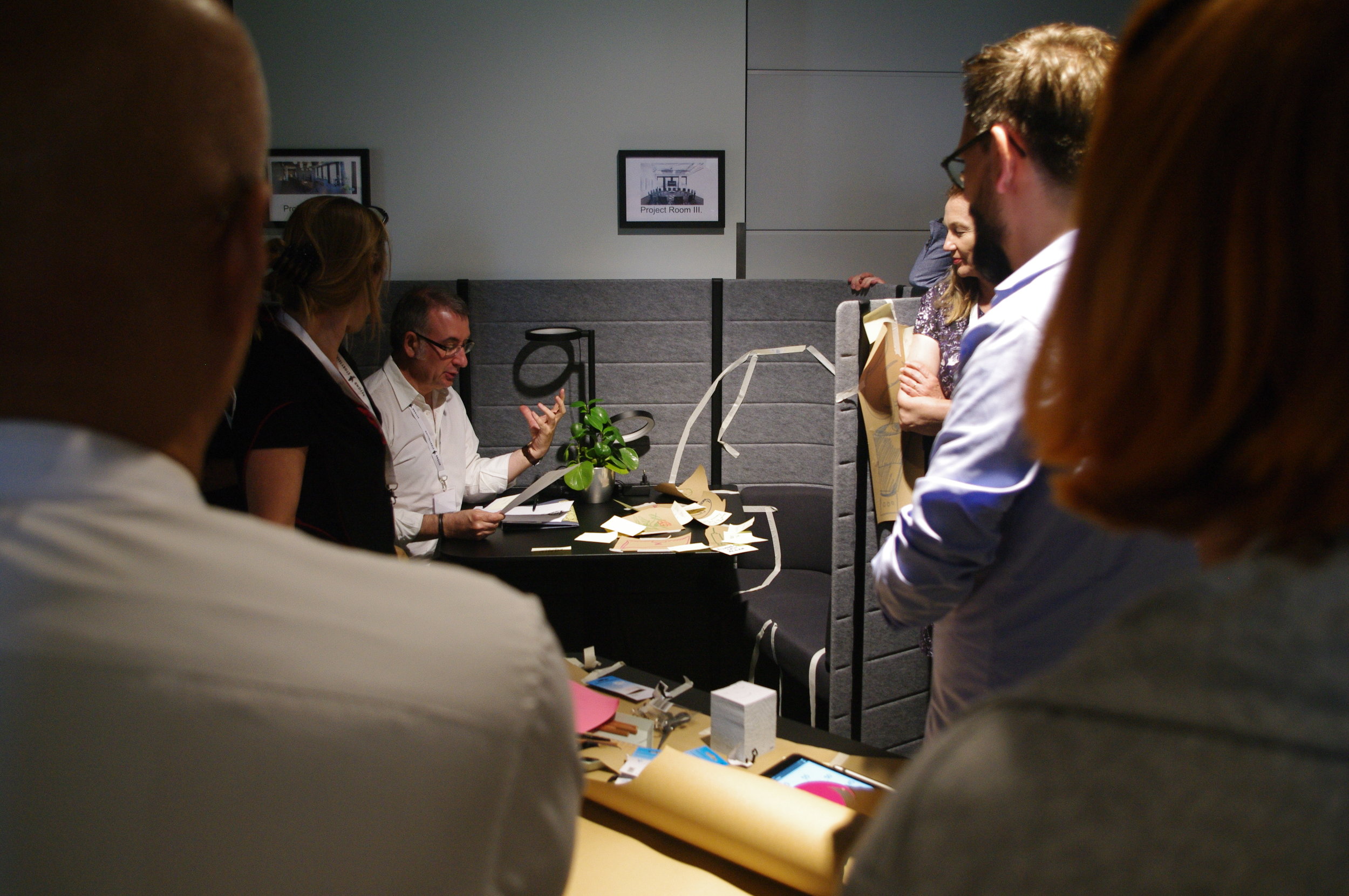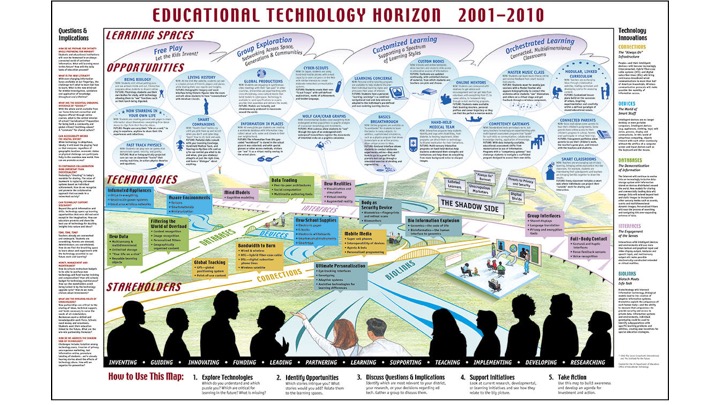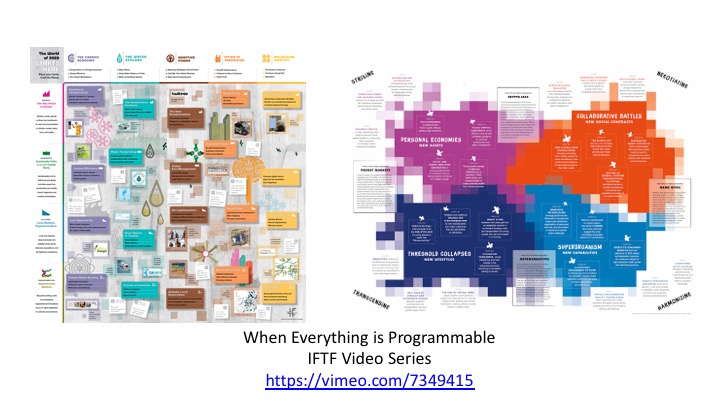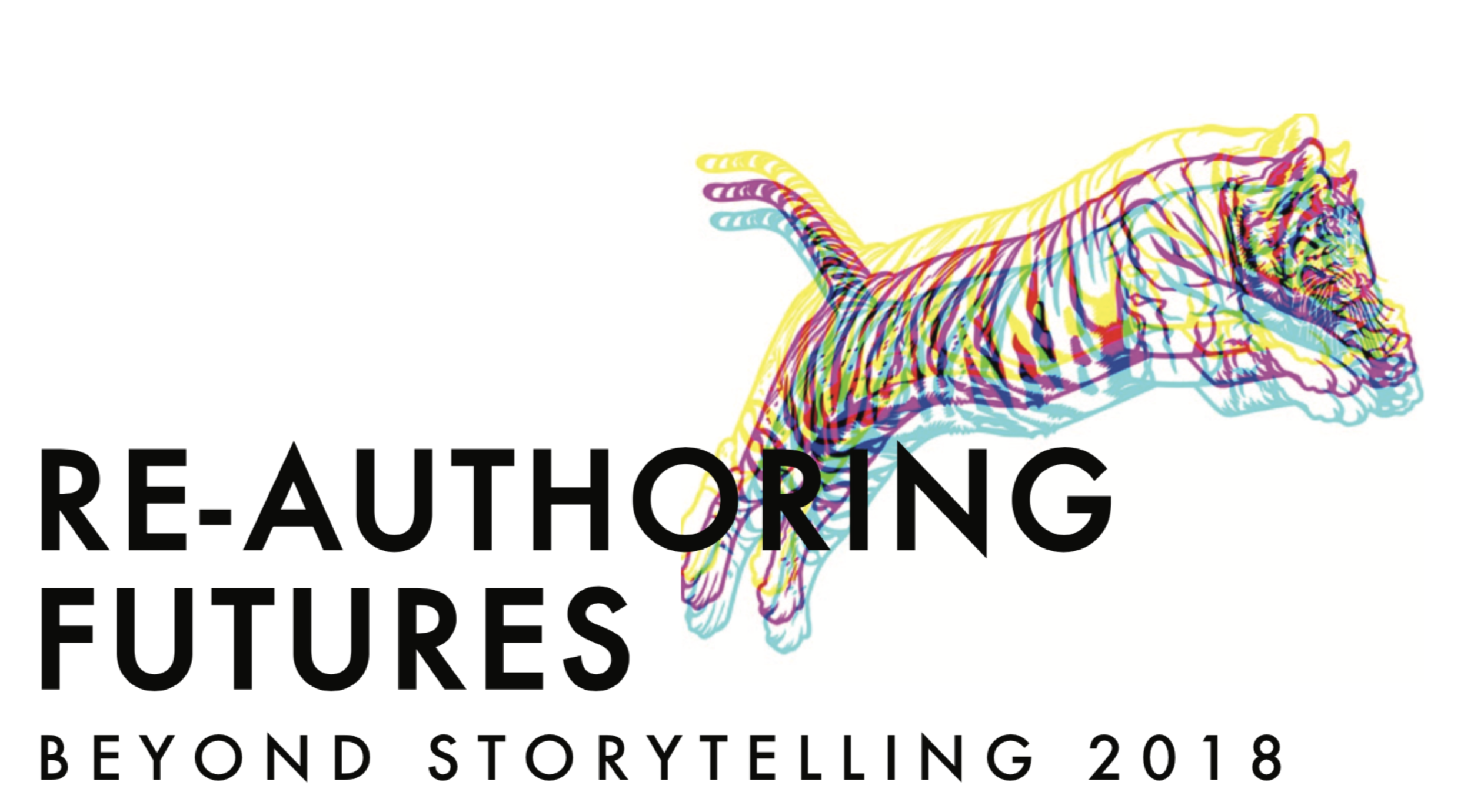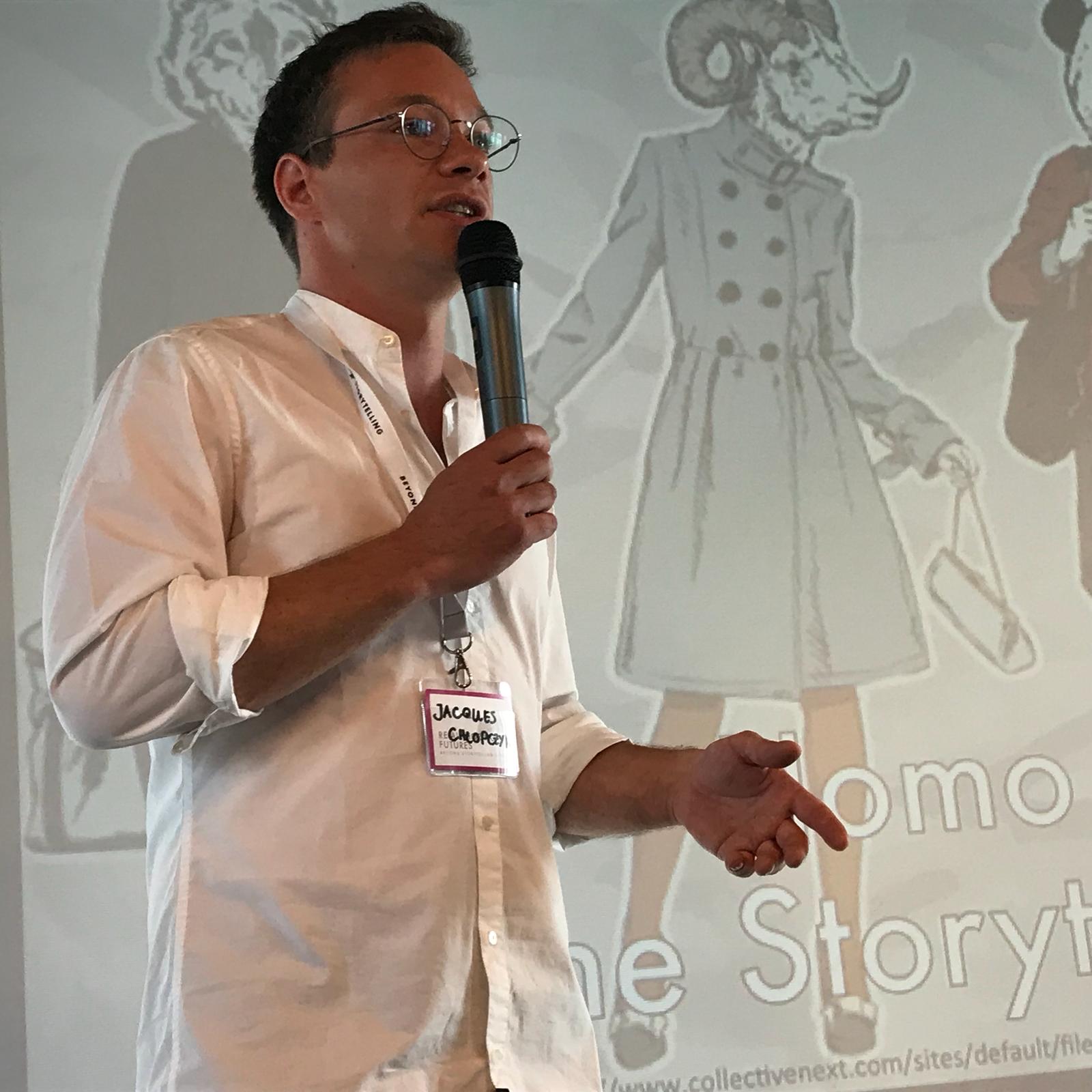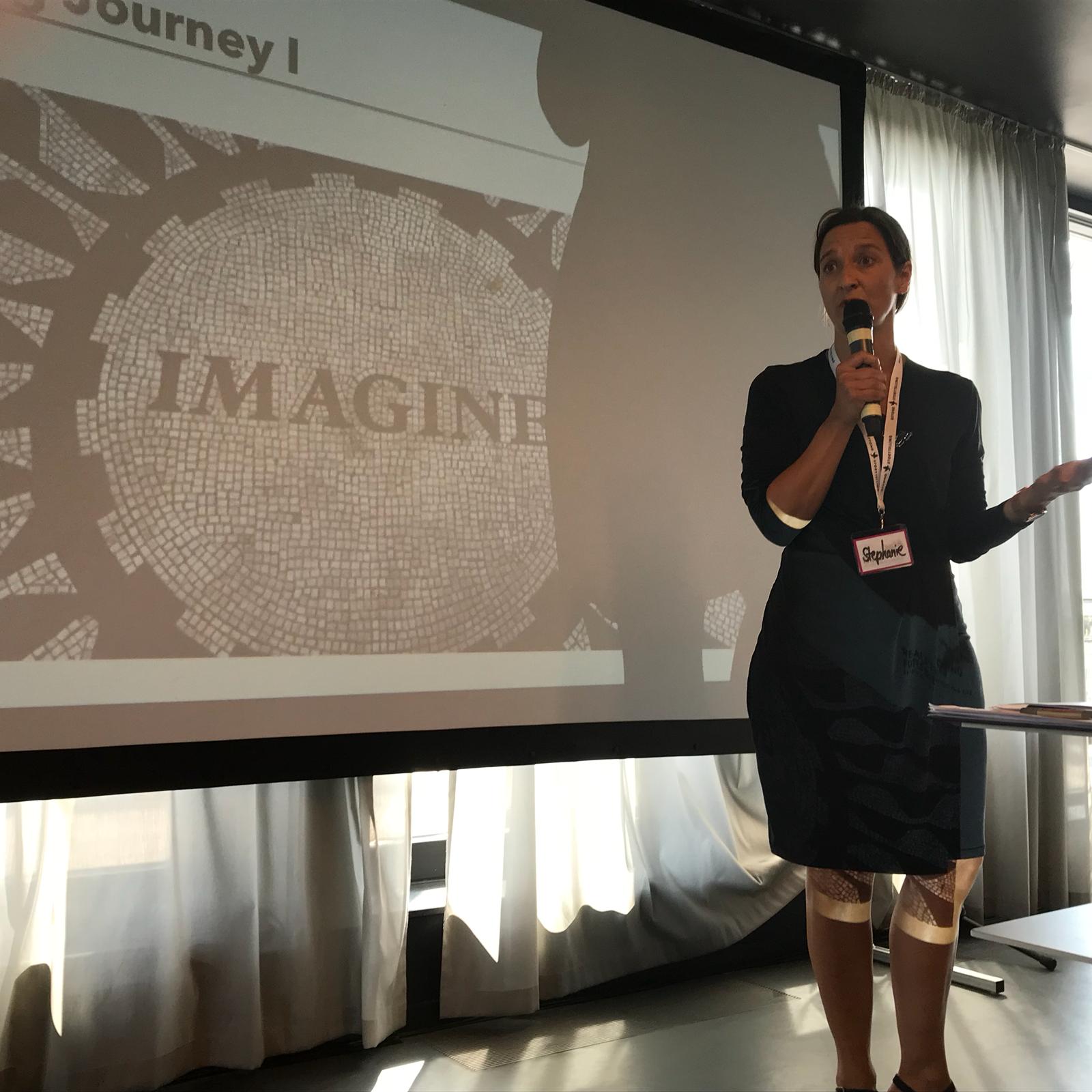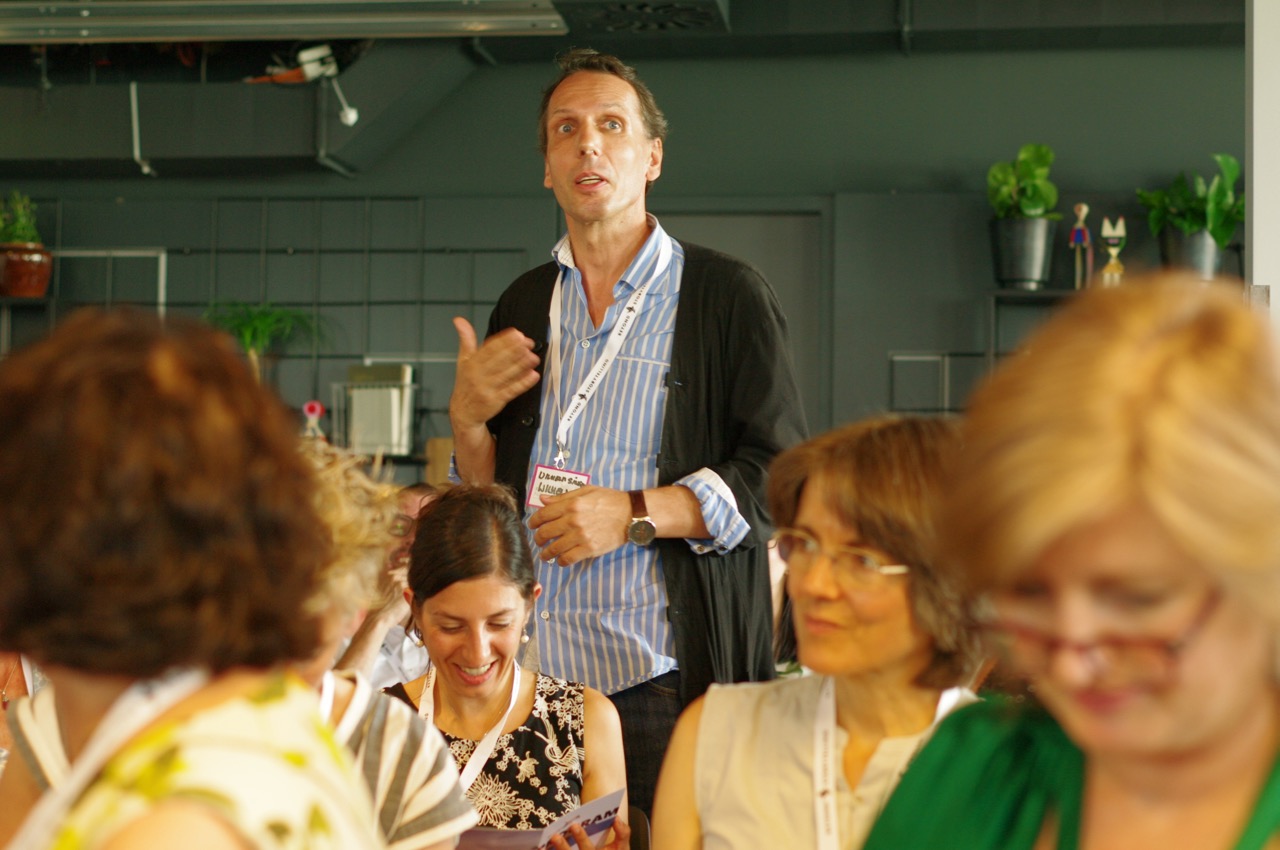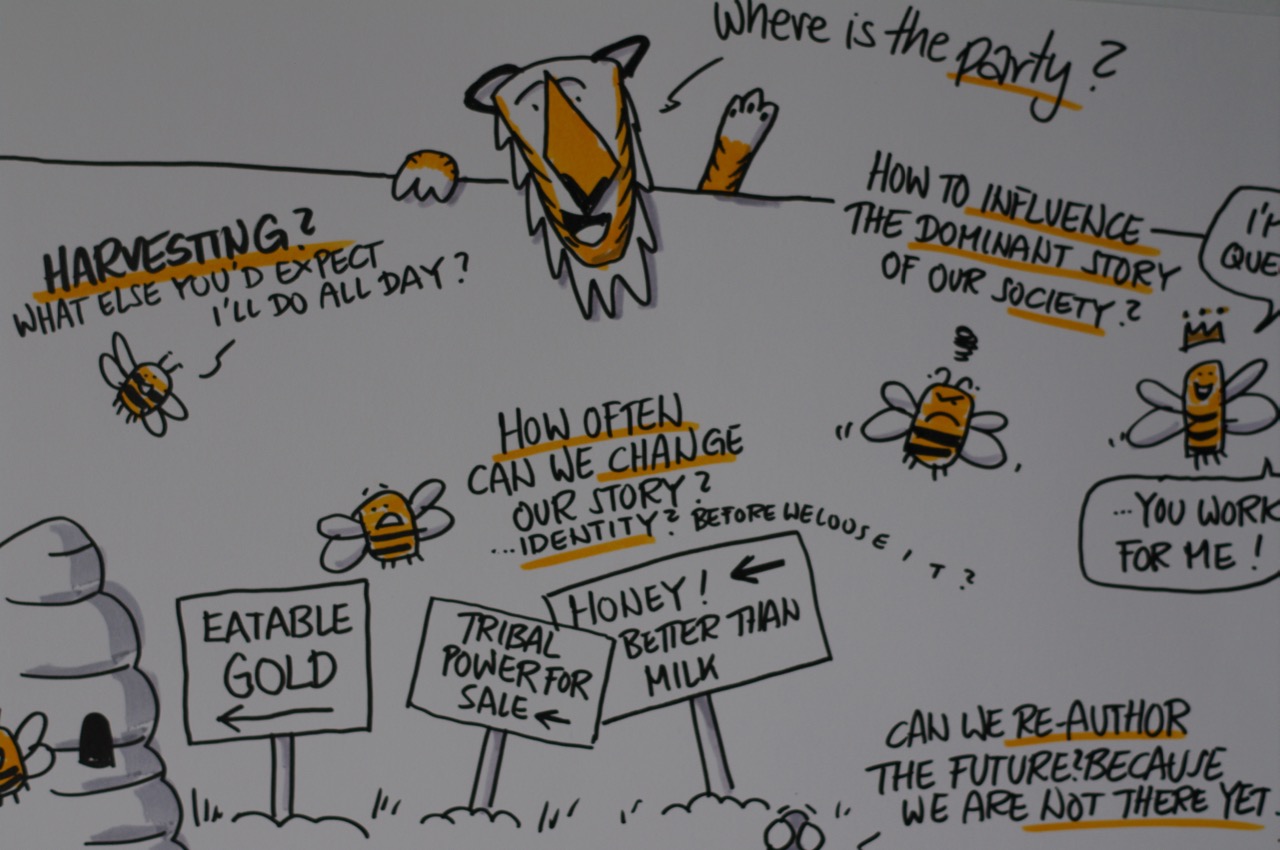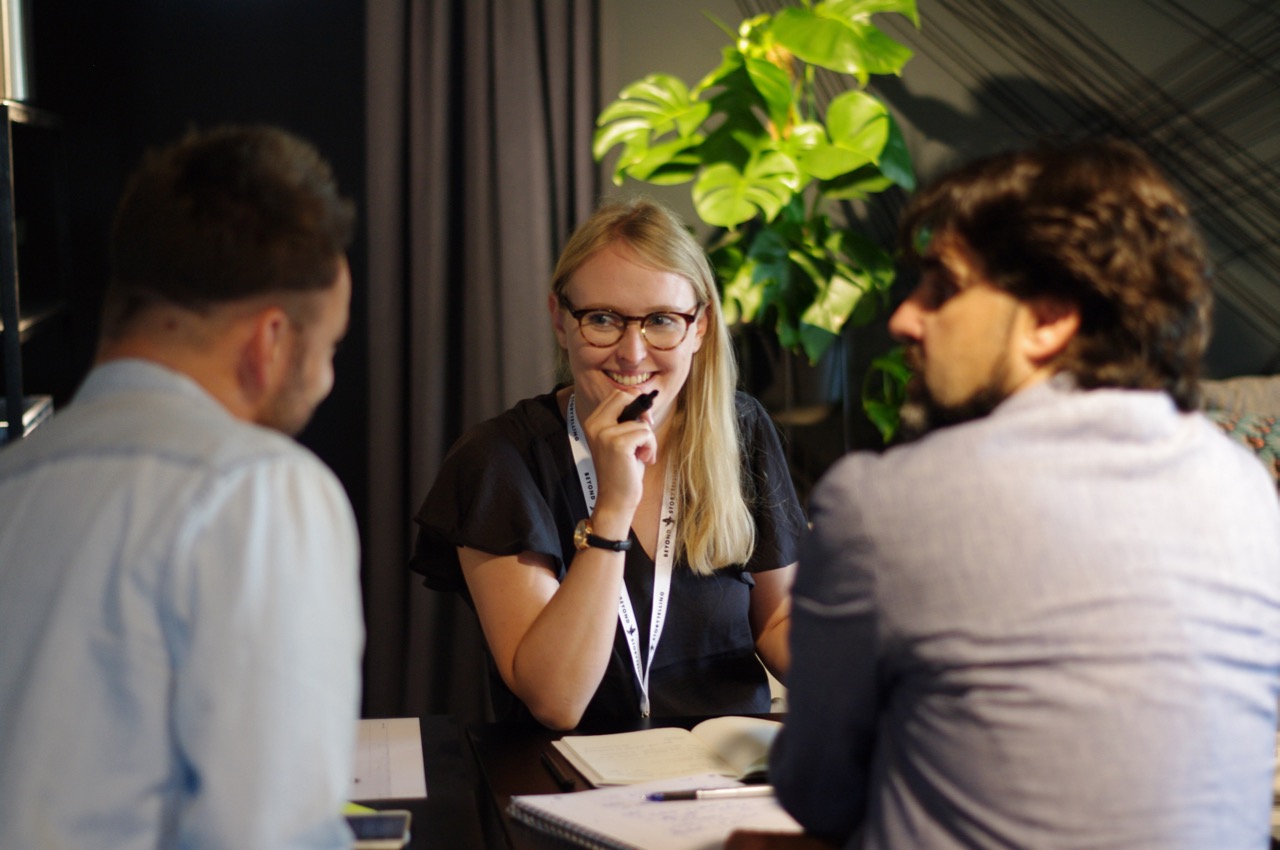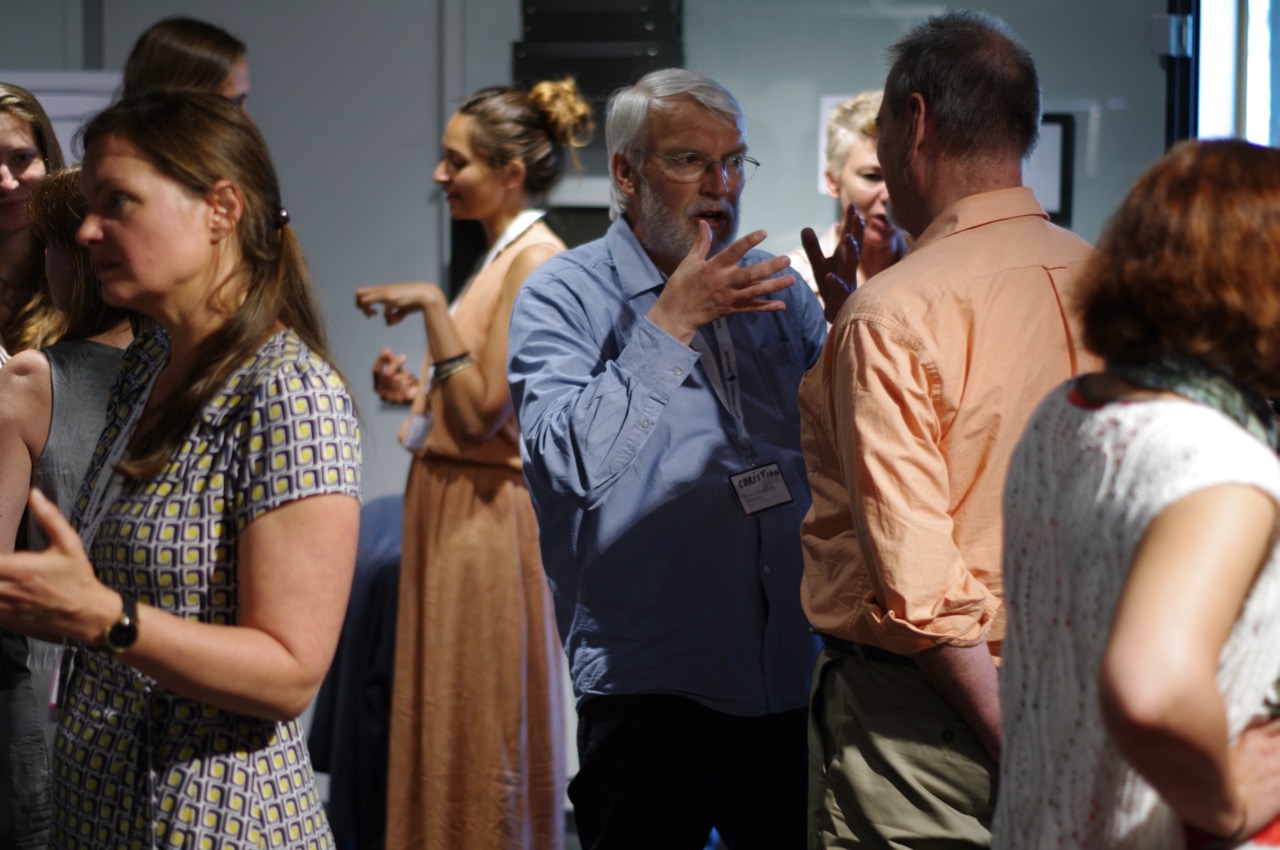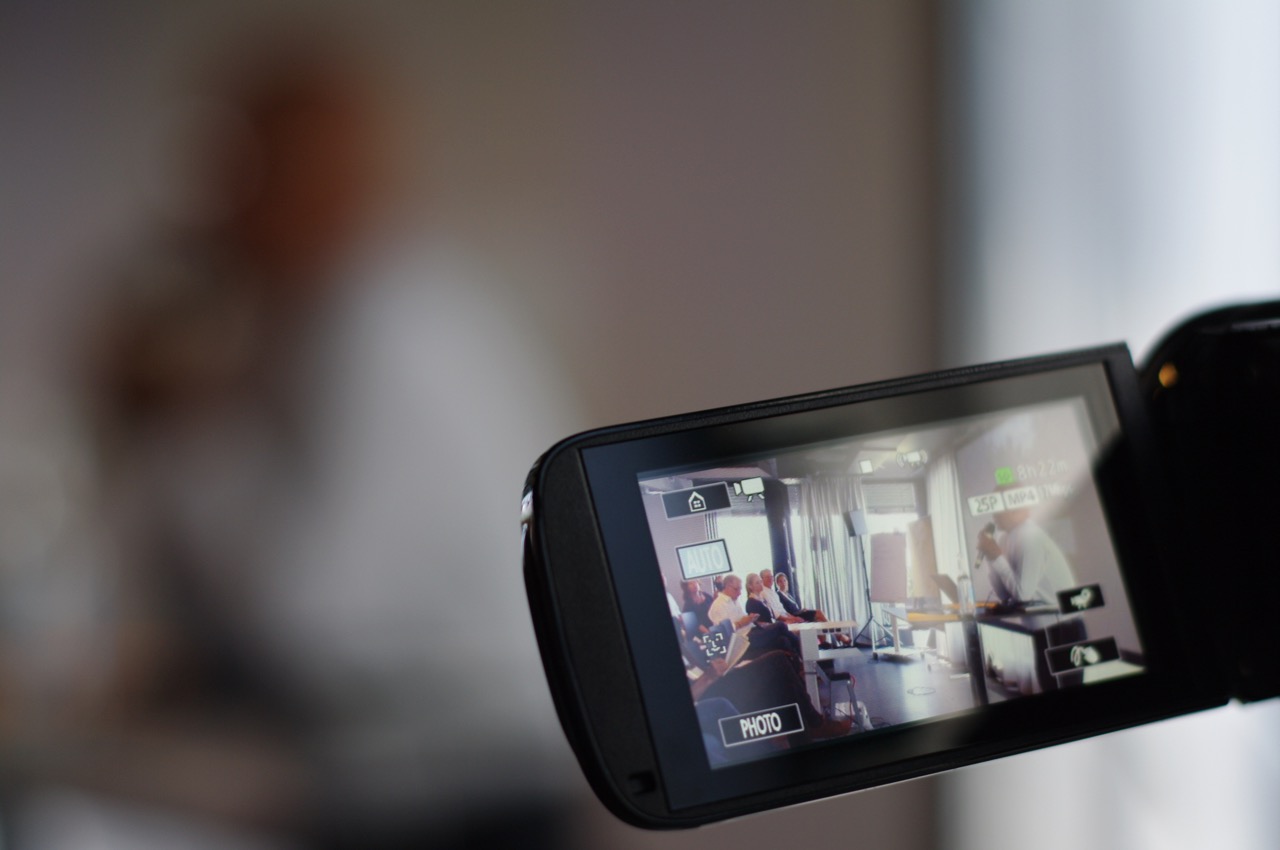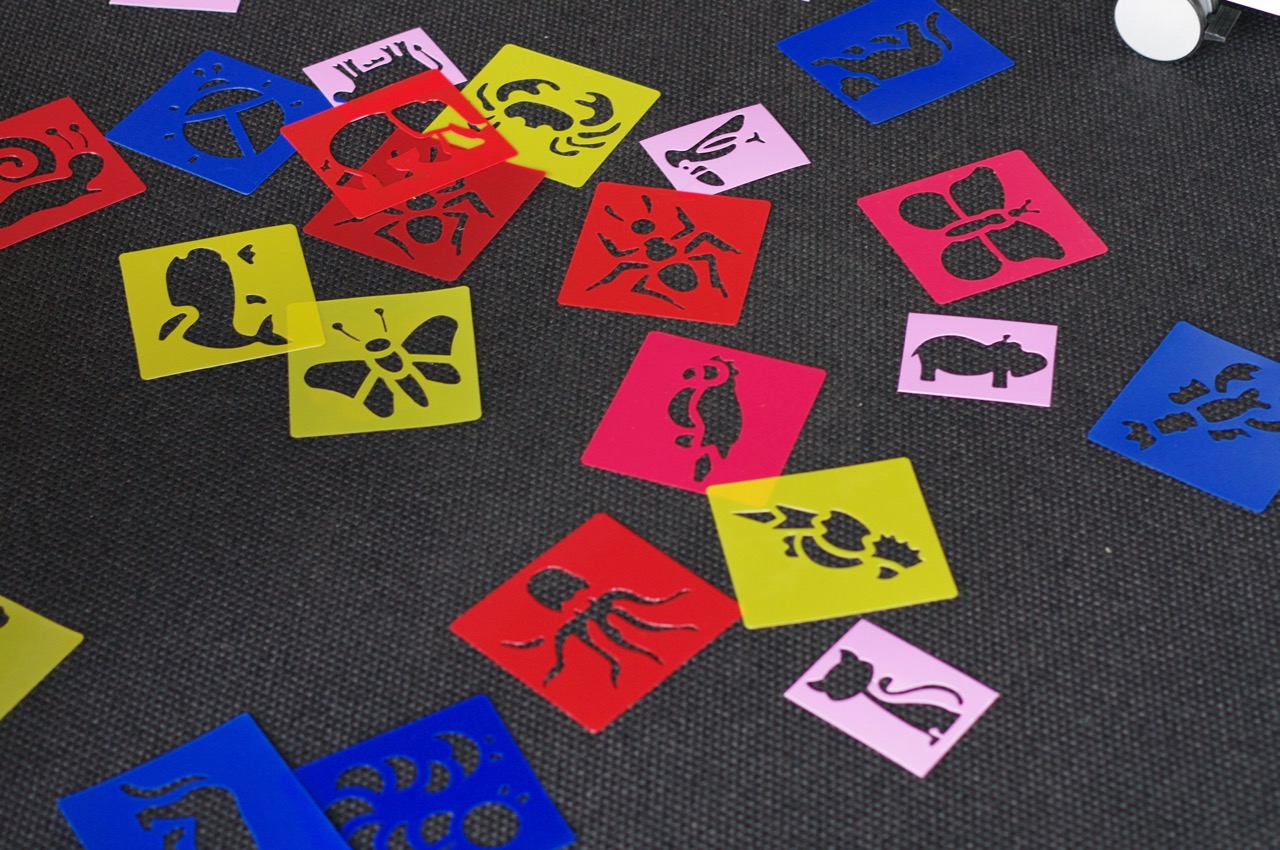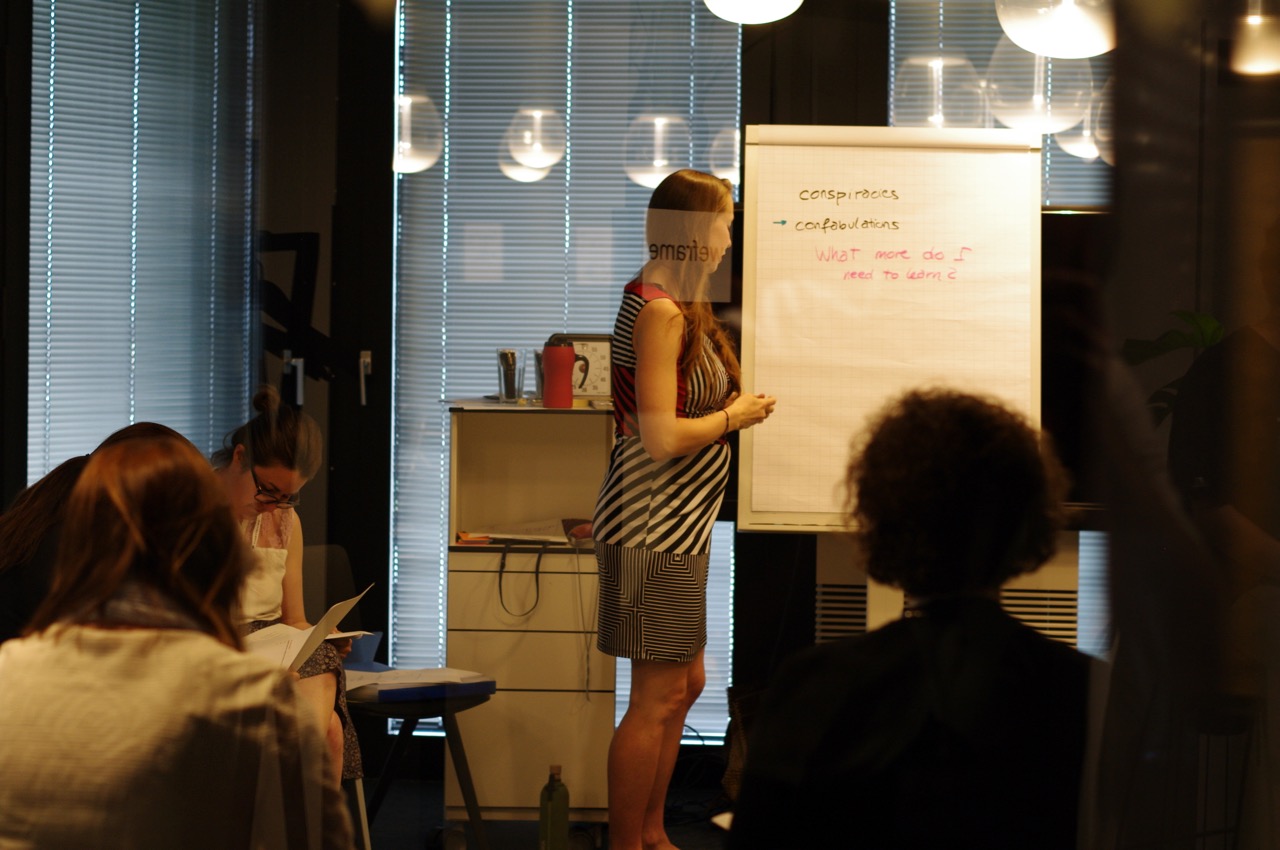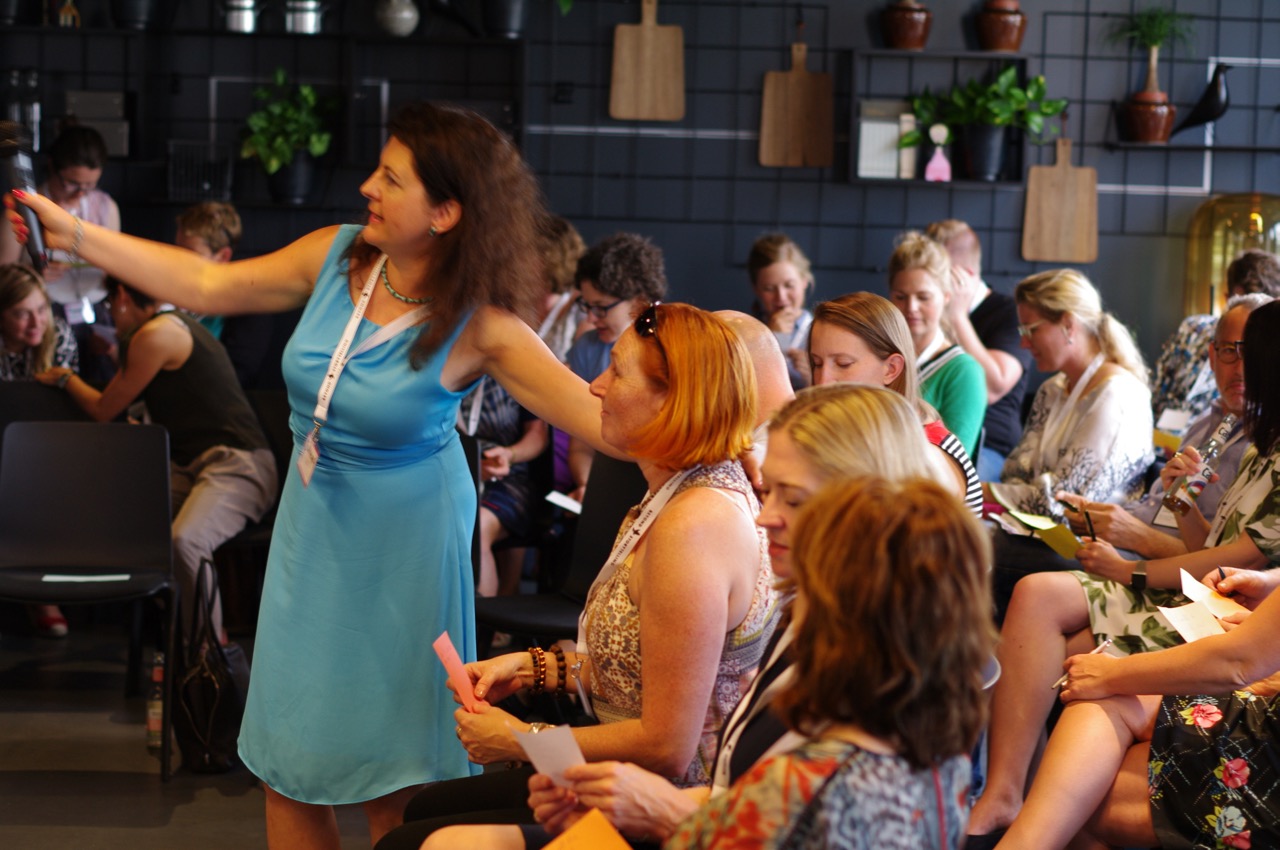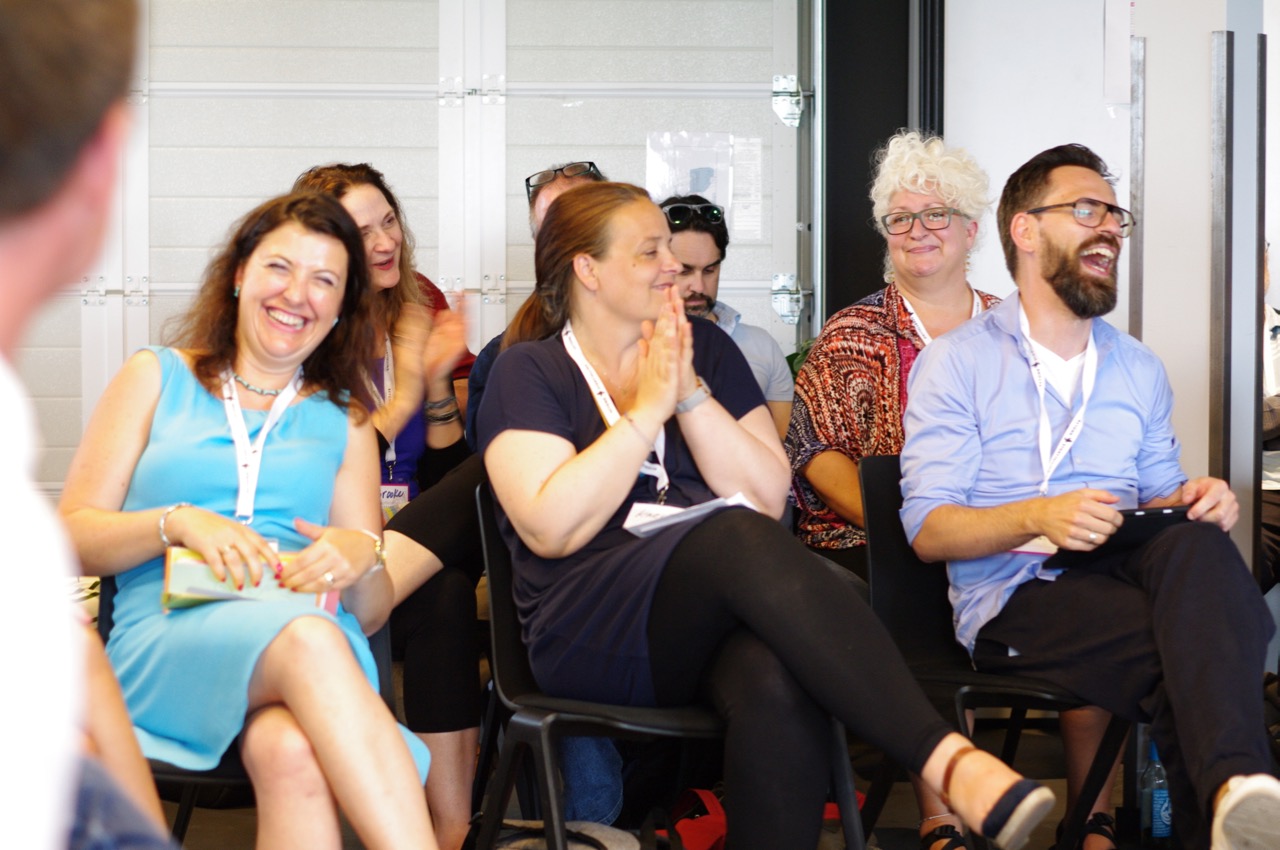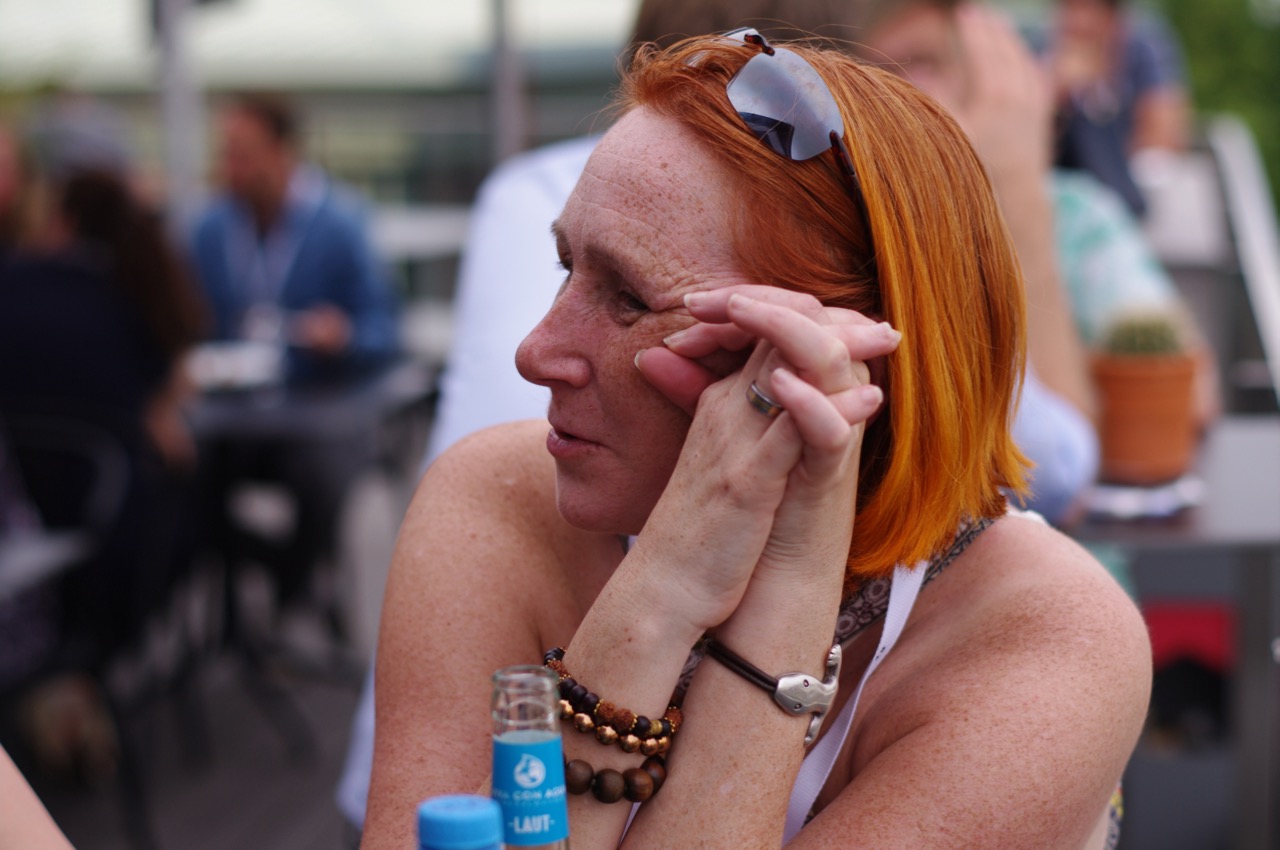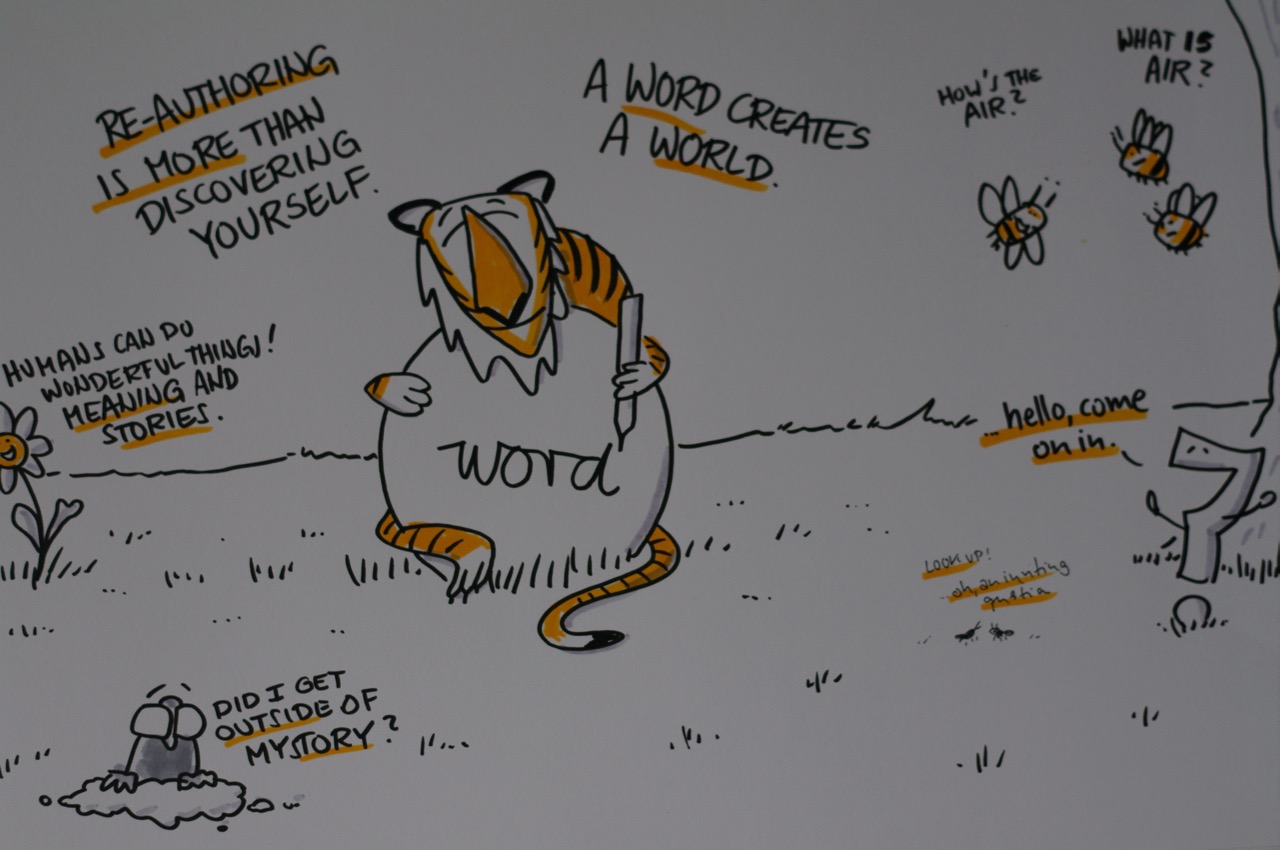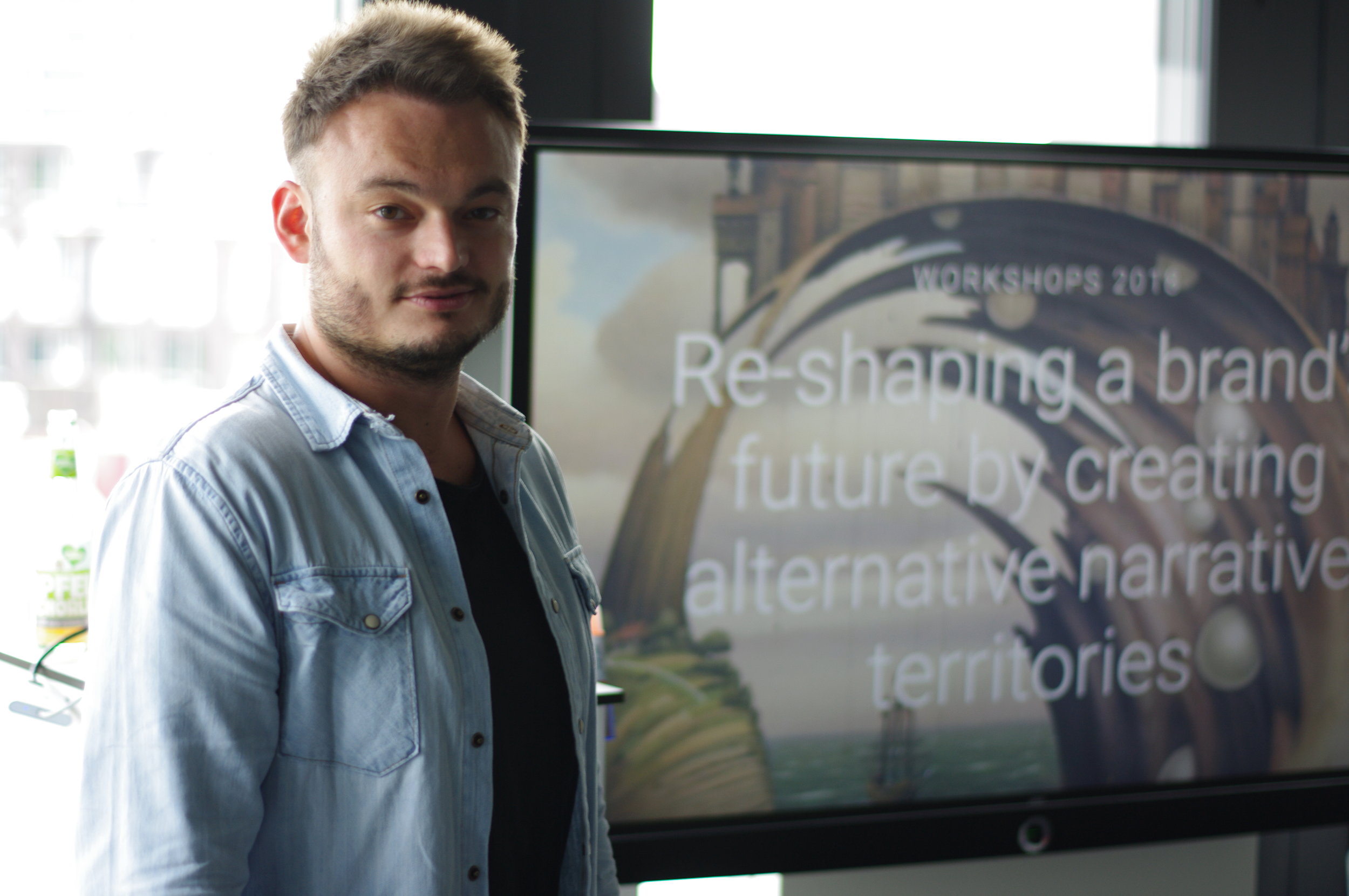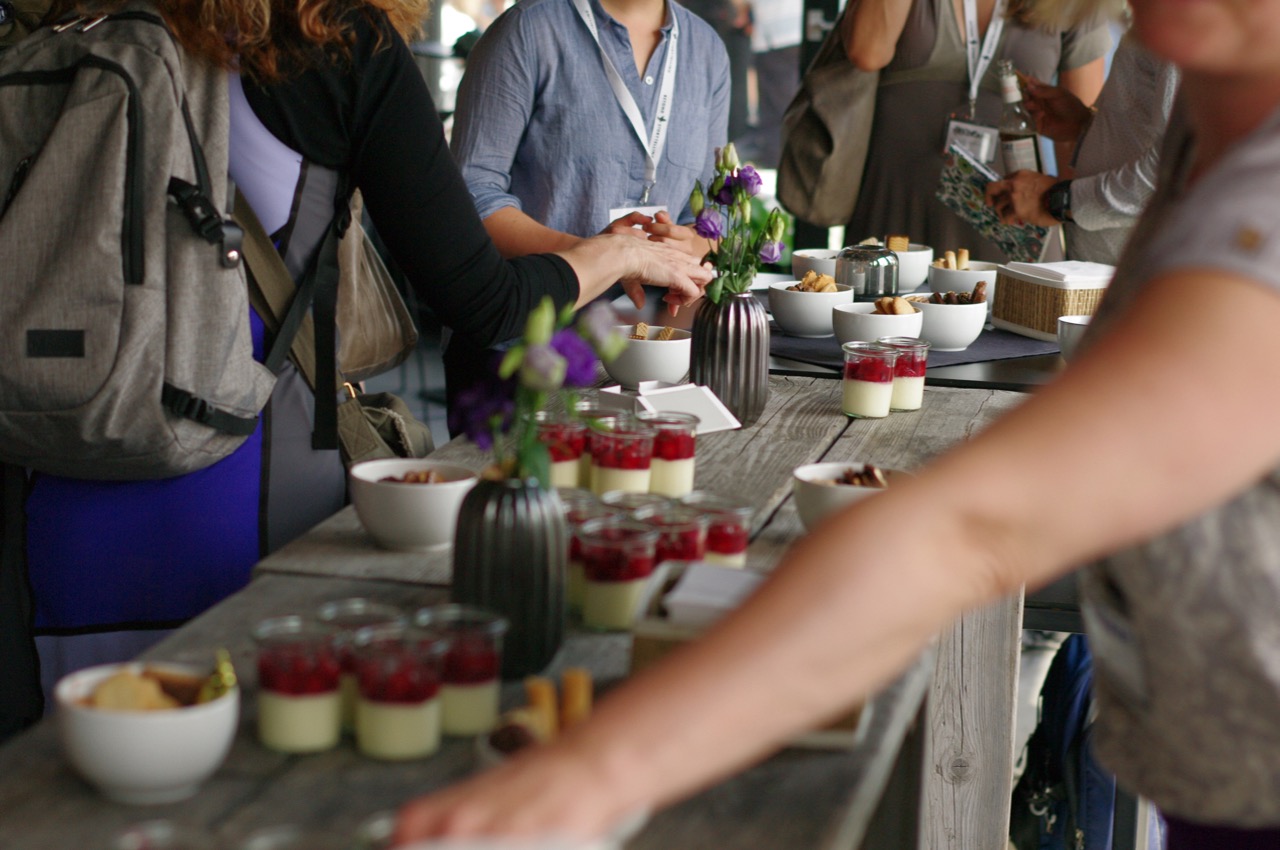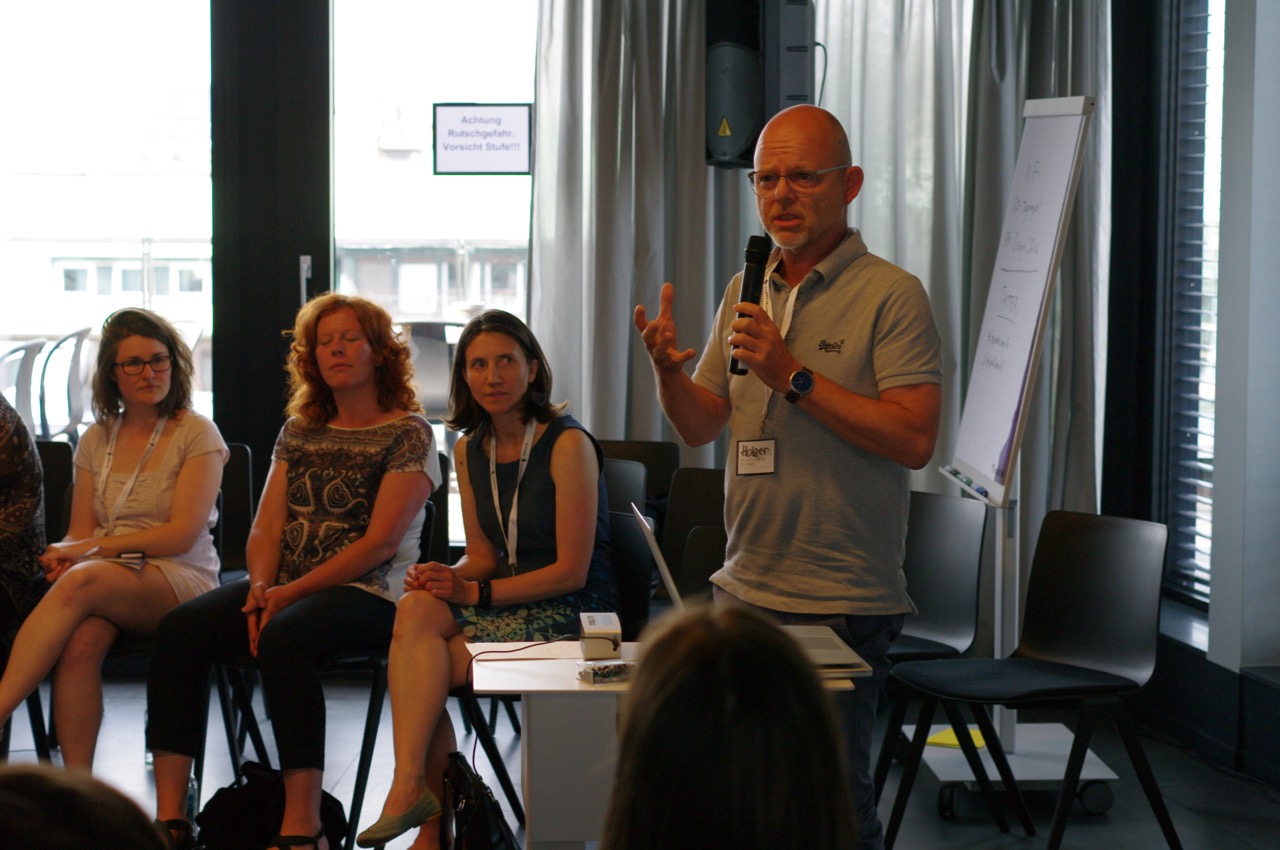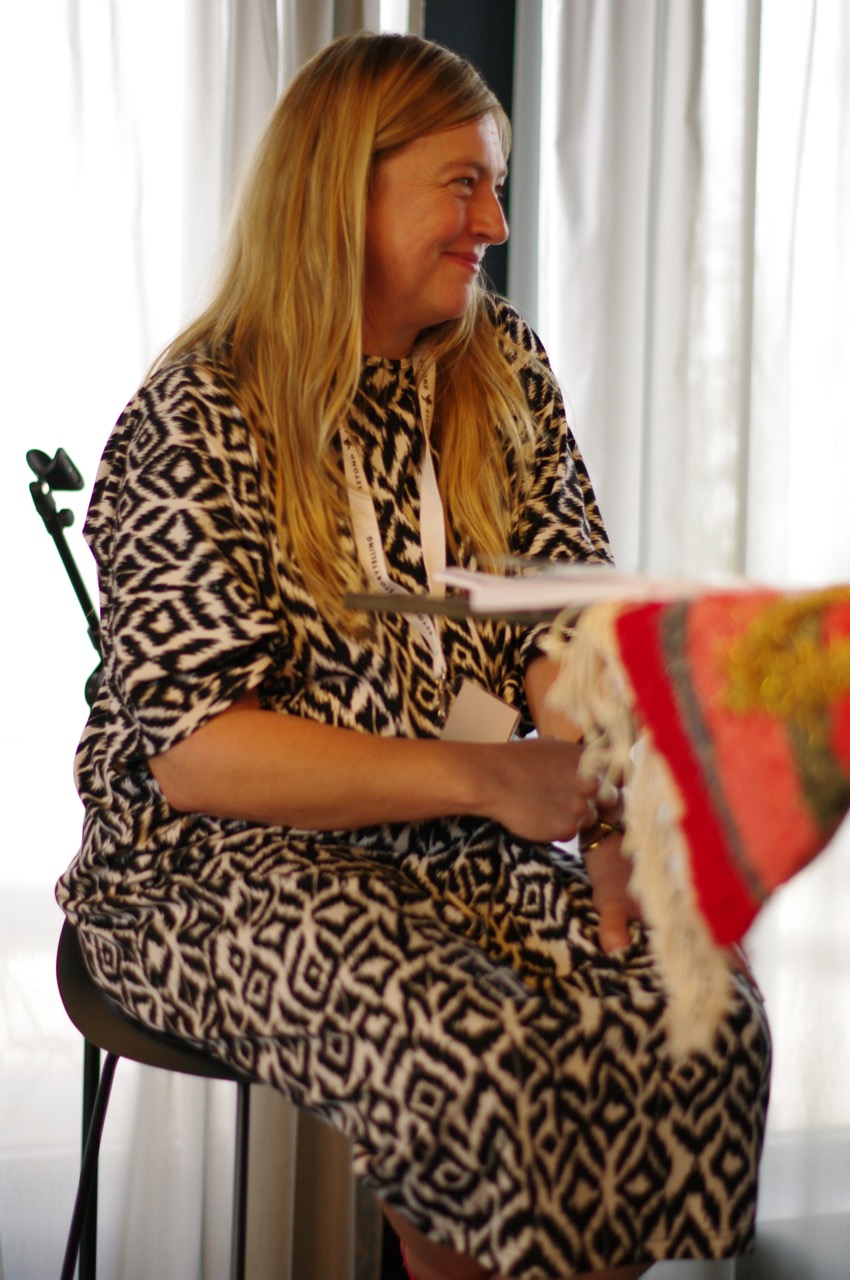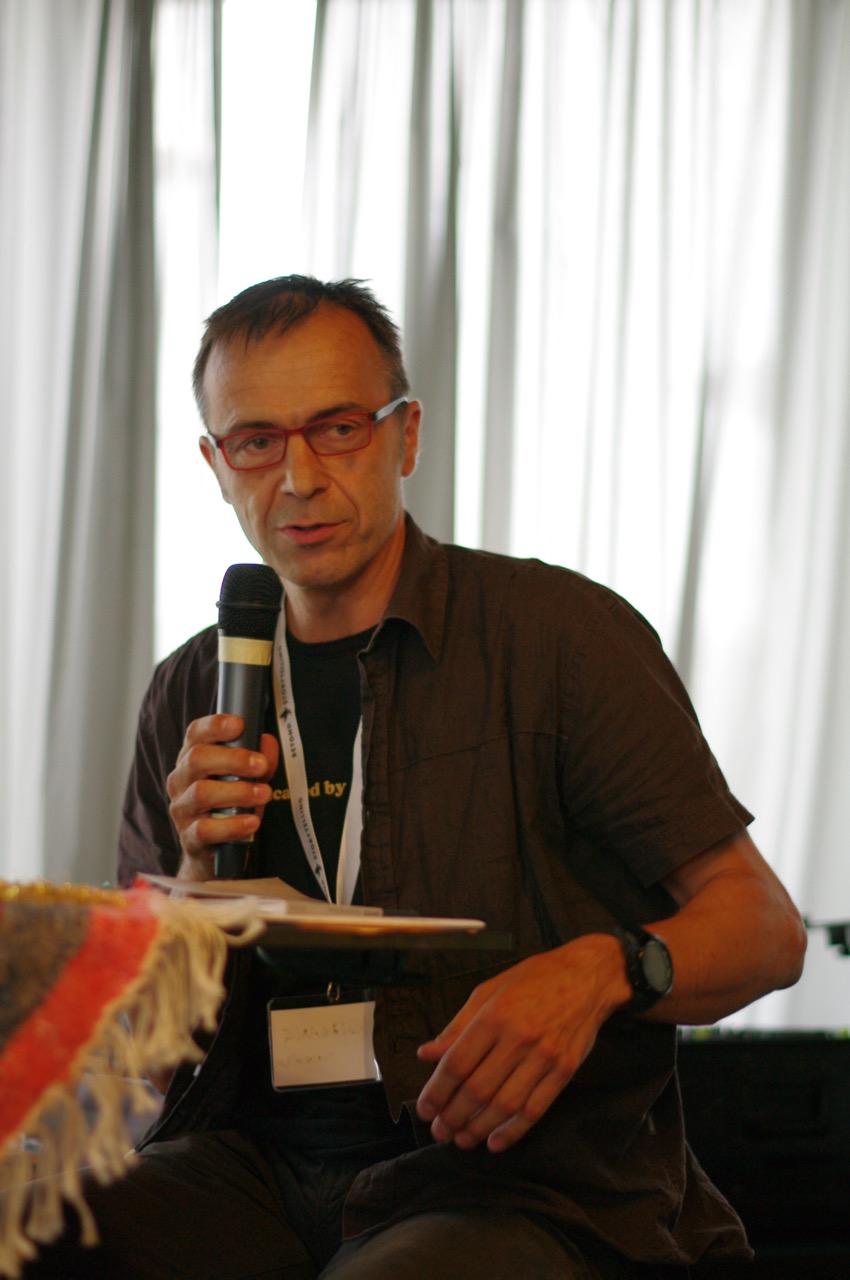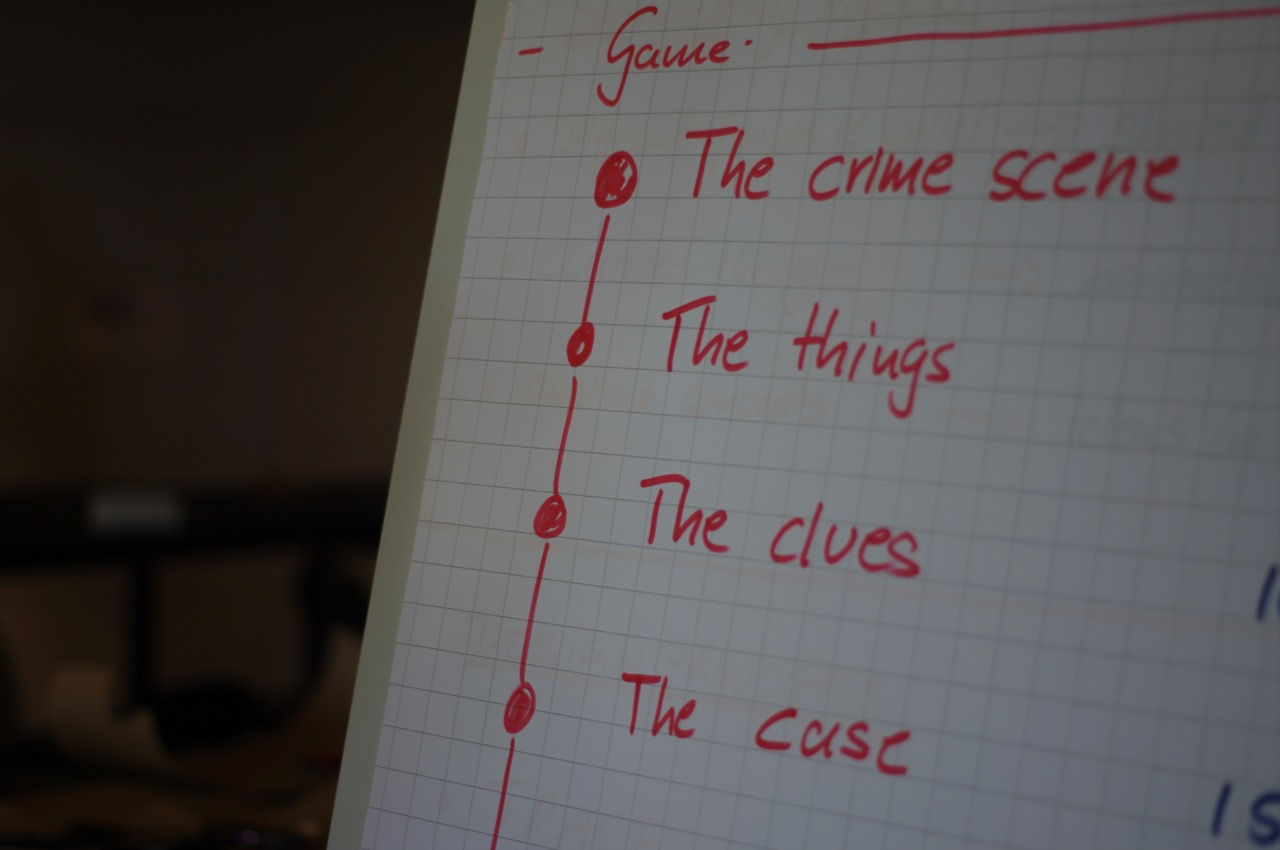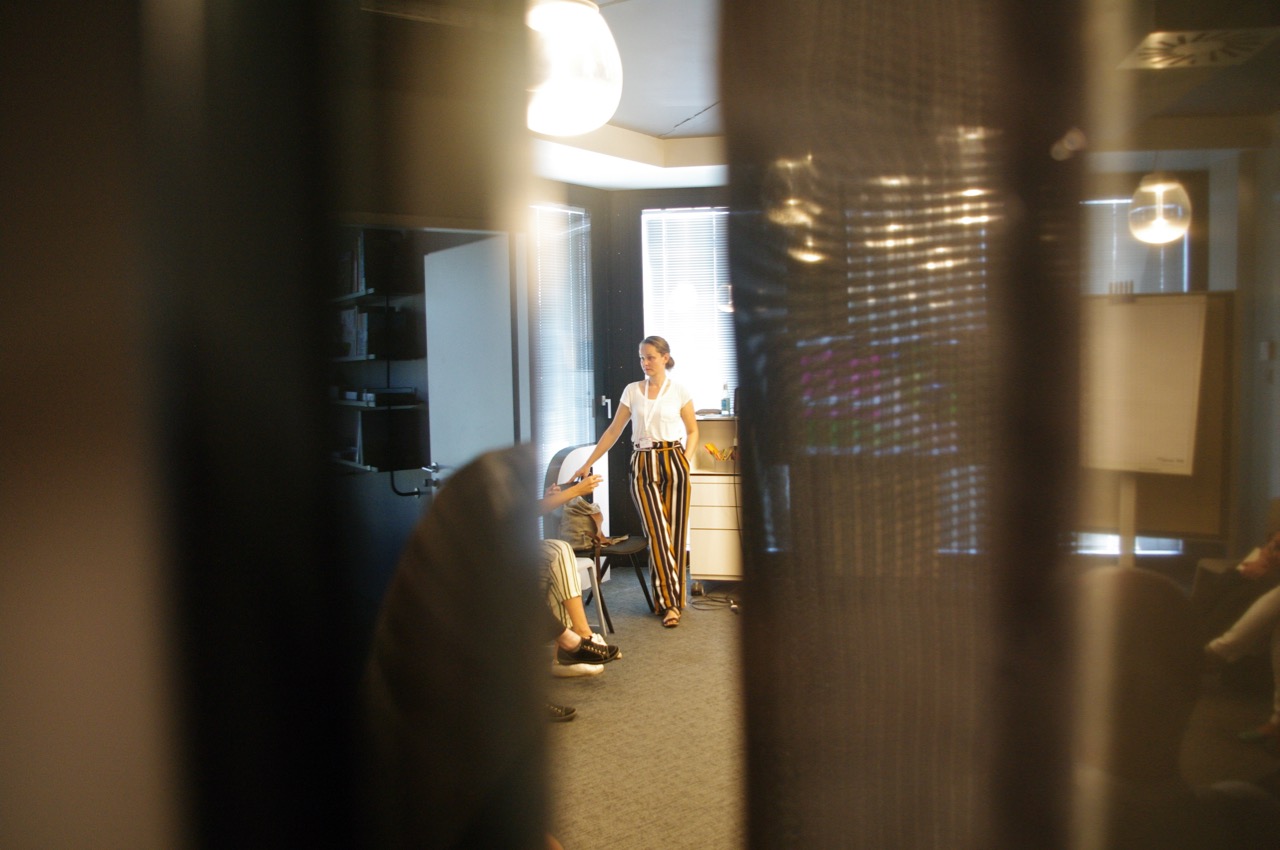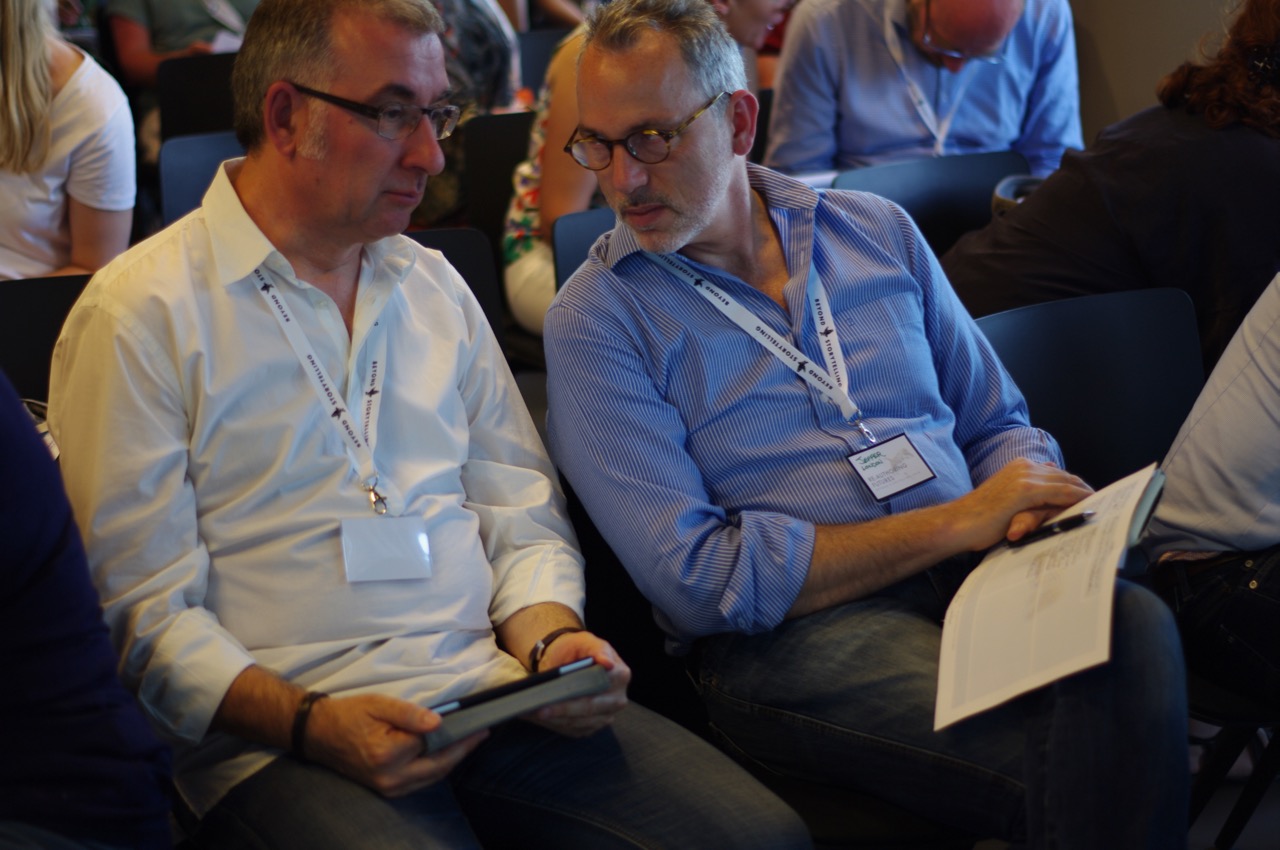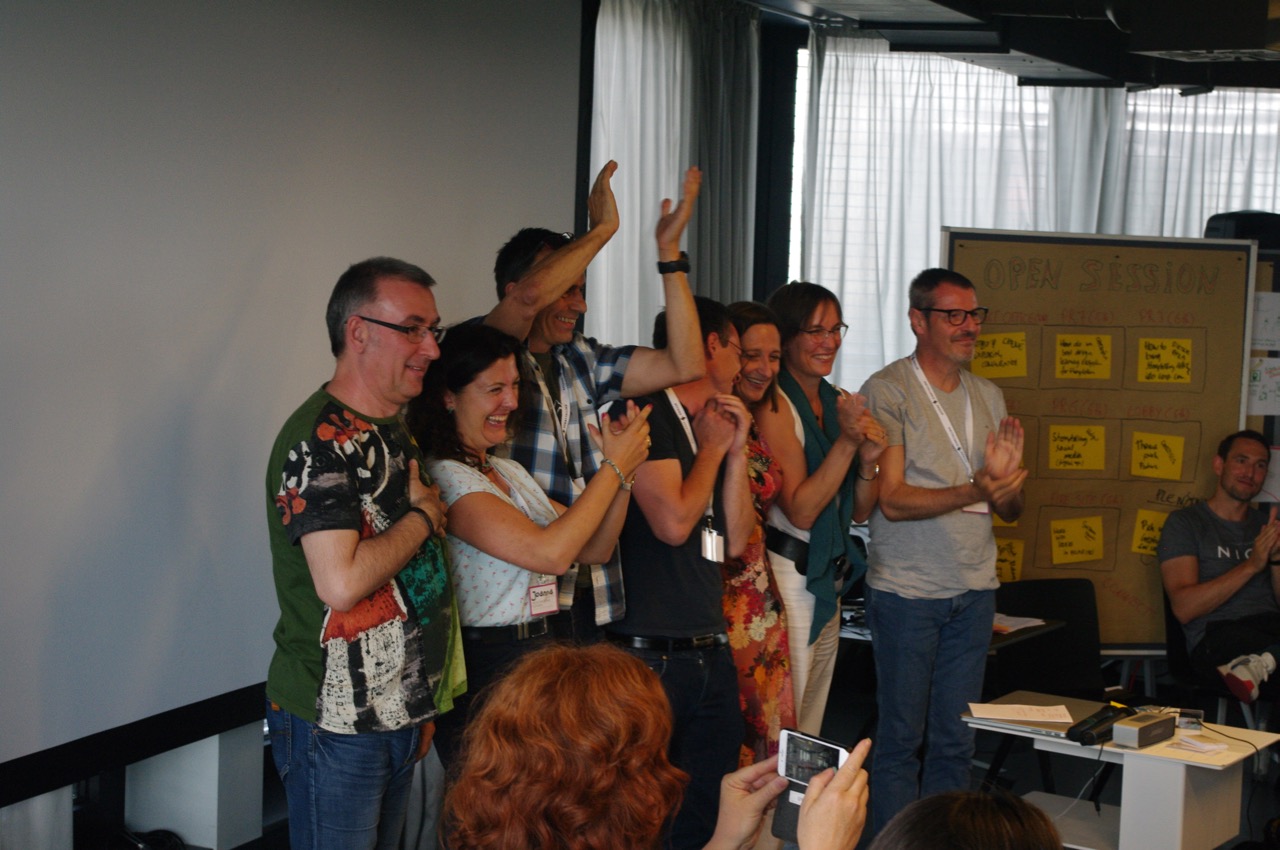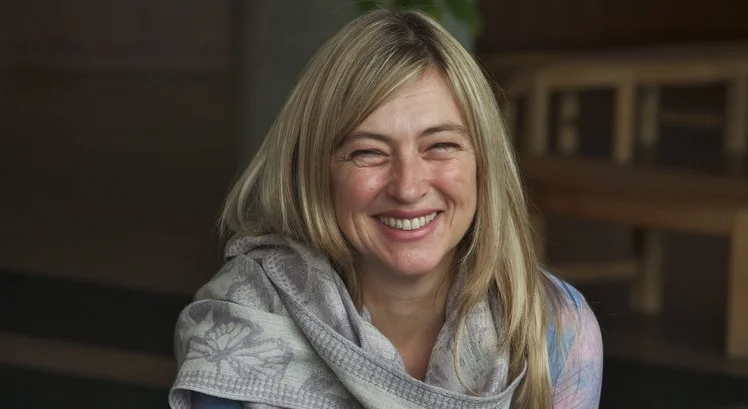One of the great pleasures of programming a conference like Beyond Storytelling is the opportunity to get into conversation with inspiring thinkers and great practitioners. In the preparation to Beyond Storytelling, I had the opportunity to have a longer conversation with Sohail Inayatullah to explore the role of narrative work in moving from forecasting to transformation in working with the future.
Sohail is one of our key note speakers and holds a masterclass on the Causal Layered Analysis on June 10th – right after the conference.
Jacques Chlopczyk: A lot of planning and forecasting in organizations was and probably is based on a classic view of the future of western modernity. This worldview imagined the future as something that can be predicted, planned for and controlled. What today is described in terms of VUCA challenges this view. Now the future seems a place of unpredictability.
Sohail Inayatullah: Regarding the term VUCA, I personally use accelerating rate of change. VUCA is fine but seems like the latest buzzword. More signifcant is to bring agency back in the equation, not remove it as VUCA tends to do. Change is heterogenous, moreover, some places are slower, other places are quicker. Certainly, we are all impacted. Sarkar calls it galloping time. He asserts that in this type of time, impact and influence are exponential since old systems are falling apart. The ability to change the future increases, not decreases.
JC: How do you see the so called mega-trends in this, i.e. digitalization, resource scarcity?
SI: The trends I focus on include: The rise of women, the rise of Asia, the challenge to the big man theory of politics, the rise of the peer to peer movement, or disintermedation. But more important than trends are emerging issues. These are novel issues that challenge what we consider the normal, while trends can often restate the norm.
Novel issues challenge what we consider the normal, while trends can often restate the norm.
JC: Given these changed assumptions about predictability that go along with that galloping time?. What approaches to working with the future do you observe in your work with clients across the globe?
SI: When I look at my clients, I can observe different approaches to working with the future. Some of my clients work from a stance of command and control. Their basic motivation for doing future work is risk mitigation. These clients like very conservative scenario planning, the Shell model for example. They like the double variable scenario matrix, as this easily lends itself to technical solutions. It is excellent for managerialism but far less interesting for those who wish for a new future.
The work with these clients focuses primarily on the drivers for trends and developments and the development of scenarios for which they can plan and prepare. This is necessary, and we can prepare for different scenarios, but this often evokes a false sense of safety. In fact, these clients often move from one maze to a bigger maze.
Focusing on risk mitigation often creates a foul sense of safety – we move from one maze to a bigger maze.
The second type of client is interested in understanding different approaches to work with the future and build up know-how with the latest tools. This is driven by the motivation to be up-to-date with in terms of capabilities in working with the future.
Capability in this context means moving from technical training to strategy to deep adaptability, i.e. ensuring what ever future will emerge, they and their organizations can thrive. This is as much an inner process of clarity on the personal and shared vision - the world you wish for - as a focus on what resources one needs to create the desired future.
The third type of clients also strives for being prepared, yet they understand the limitations of modernity and the limitations of their own rationality. They thus assess risks, develop their own capability, but focus more on emergence and vulnerability. They know they live in Gaia and creating a desired future requires co-creation with different stakeholders, including Gaia. There is a spiritual dimension here, if you will, a sense that there is the known world and the unknown world.
They are open to the fact that our capacity to act in the future also rests on our ability to redefine who we are and our purpose within the larger systems that we are operating in: global economics, limited resources and a need to integrate in these interwoven systems. It is a more contextual, holistic view on their role in creating the futures they want to live into.
Our capacity to act in the future rests on our ability to redefine who we are and our purpose within the larger systems that we are operating in.
JC: You have been working with futures for a long while. How has your approach evolved over time? How is this accelerating rate of change reflected in your work?
SI: Working with futures has been a lot about quantitative forecasting and then qualitative interpretation. That is the basis we started and – of course – still start from. But my core interest today lies in what are the interests, world views, mythologies and metaphors people bring into the future. That means that we are less concerned about a particular forecast, but more by what meaning our clients make of it and what that means for the image of the future they develop for themselves.
So at the beginning, we were always concerned with going from zero loop learning, which is information about the future, to single loop learning, which is what do you do. The question was: “What do we do on Horizon 1? What do we do differently on Monday morning?”
The next step was double loop learning. We focused more on the unknown and supported clients in building up strategies to deal with situations that are new to them. The guiding question changed to “What don't I know in a new situation? How do I learn about what I don't know?”.
And then the narrative part came into our work, because it became apparent to us that underneath people's knowing or not knowing was a particular story about reality, particularly about the future. So, our work is always concerned with taking what people say as a matter of fact and then going beyond the fact, going to possibility. We developed frameworks that enable us to move from forecasting to transformation.
In a situation of dynamic change, it is not just enough to forecast the future as our forecasts are likely to be incorrect, but rather to have comfort with what we dont know and understand that how we see the world is complicit in the world we see, the world we create. We are part of the uncertainty, not merely watching it with disinterest.
In a situation of dynamic change, it is key to have comfort with what we dont know and understand that how we see the world is complicit in the world we see, the world we create.
JC: How does that look in practice?
SI: In terms of methodology we use the Causal Layered Analysis framework. The approach distinguishes four levels of analysis. Level 1 is understanding the official description of the situation. It is about the data. We also call this level “Litany”, as the problem statements often seem like newspaper headlines. They are stated as singular, externalized facts.
Level 2 is the systemic causes that can explain the data that we see. What are the factors that can explain the data? What patterns are constituting the “facts”? What function does this description of the problem have for various stakeholders and interests?
Within the 3rd level of analysis, we look at the discourses and the worldviews that sustain these systemic causes. We try to get a multifaceted view on the situation and explore the assumptions and theories that lie behind the decisions and actions that make up the systemic causation of the situation.
On the 4th level, we look at the guiding metaphors, images and stories that epitomize and inform these worldviews. This level refers to the unconscious, hidden interpretation of reality, which can be an asset, or it can be a hindrance. Here, our guiding questions are: “What is actually my metaphor? Is your story serving you?”. And it is important to me that this doesn´t become an ontological debate.
My interest is if there is a story helping that organization and takes them into a desired direction. If it's not, then they need a better story. Of course people are attached to their worldview, but through the creation of alternative futures, the agency or capacity to influence comes back.
JC: This approach combines the quantitative element of forecasting with qualitative work that aims at transforming the underlying assumptions about the future. So how is the relationship between forecasting, quantitative elements and transformation in this process?
SI: Recently, I worked with the head of an international police force in south-east asia to develop a strategy and set-up for the future. The quantitative part is that by 2020/2030 there will be new crime types. There will be new crime types around 3D-printing. We will see crime types around genomic data theft which will go up by 30 %. We start off with the quantitative.
But if we want a different police force or a different police organization then we'll have to ask, what will it look like? Traditional organizations are hierarchical, vertical, command controlled. They don't handle complexity well. So, what will a new one look like? The organization itself needs to be complex, adaptive and continuously learning. Now how do we link that? That is where the metaphor comes in. We need a new image that carries ourselves forward.
The core metaphor of the police force was the toothless tiger. Merely telling them that the world was more uncertain is not only useless but a disservice from our side. Giving them more information about the future given their core metaphor would also not be useful. Commanders would turn off since the future now was challenging but not actionable.
Using CLA, they changed the metaphor to the guard dog. The guard dog was embedded with citizens thus it favoured community engagement and community policing. The guard dog had real bite, thus could ensure that dangerous elements were met head on. Finally, the guard dog anticipated crime, i.e. foresight. The data now had a context in which it was sensible.
Once we find a new guiding image and a new story, we need to ensure that culture links to data. When we change metaphors, it is important to have the right measures that indicate if we are heading the rights way. It is important to ground the new stories, the new metaphors in new measures as well. If we do not develop those as well, we are just adopting the measures of others. So in a sense, quantitative data is both the start and the end of this process.
JC: Could you give an additional example that shows this process at work?
SI: We ran a project with a big bank recently. And they have been funding large infrastructure projects. And eventually it came up that their measurement was number of roads, kilometers that were paved. And underneath that was a world view that was car centric. The inner metaphor was 'I love my car'.
That works until you get horrible pollutions and climate change. Through the process, their metaphor shifted from 'I love my car' to 'I love my neighborhood'. What that means strategically is that the bank will now fund projects that create community, that enable peer-to-peer networks, that are carbon-neutral, that are green. And that also means that the KPI will change, to track and ensure that the bank is going from car-centric to community-centric strategy. This is a kind of a CLA strategy and action. By changing the story, we can change the possible future.
Dive deeper with the Causal Layered Analysis Masterclass: More information.
















